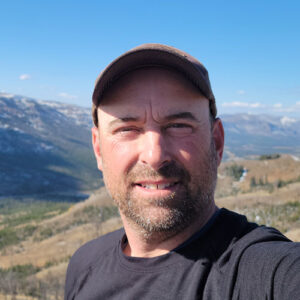
Senior Wildlife Biology
Wyoming Game and Fish Department
Phone: (307) 527-7125
Email: tony.mong@wyo.gov
Website: https://www.wgfd.gov
Did you miss this 2022 session?
Watch the Recorded Video
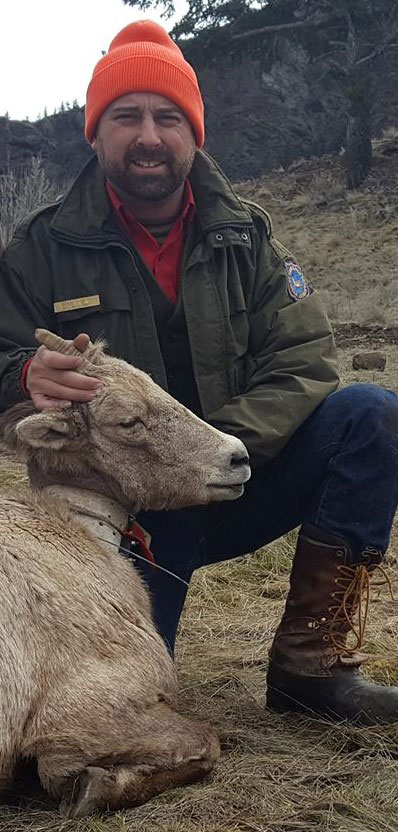
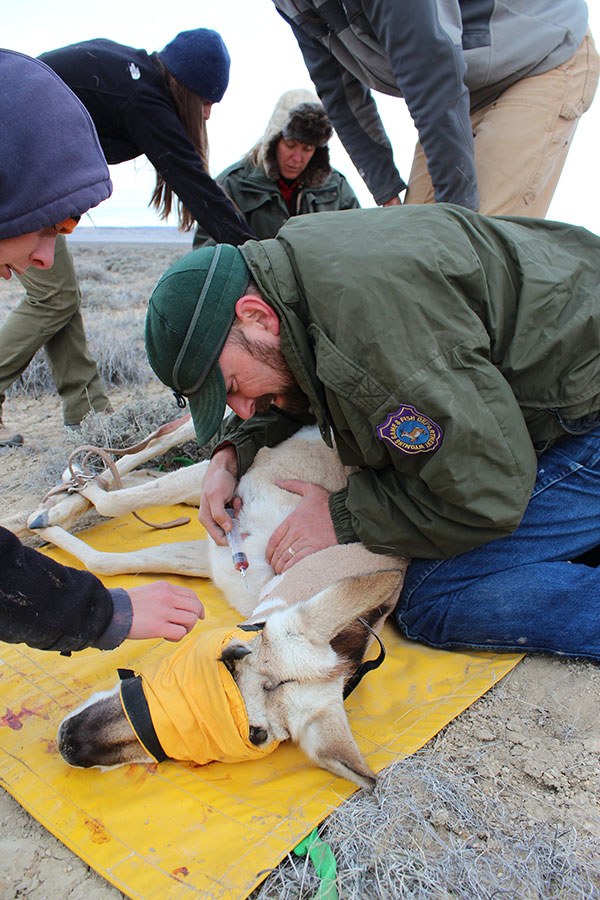
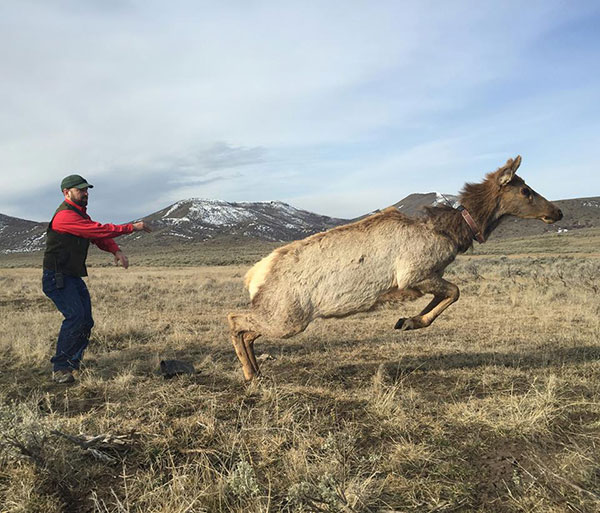
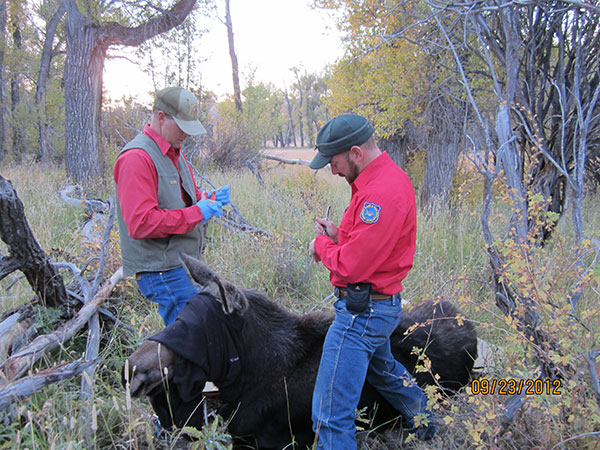
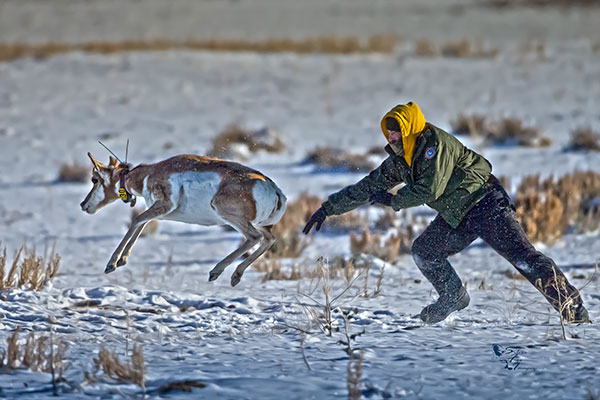
Issued in furtherance of extension work, acts of May 8 and June 30, 1914, in cooperation with the U.S. Department of Agriculture. Mandy Marney, Director, University of Wyoming Extension, College of Agriculture, Life Sciences and Natural Resources, University of Wyoming Extension, University of Wyoming, Laramie, Wyoming 82071.
The University of Wyoming is an equal opportunity/affirmative action institution.
© 2025 Wyoming 4-H. All rights reserved.
Amber Armajo
University of Wyoming Extension 4-H/Youth Educator – Washakie County
Phone: (307) 347-3431
Email: amwall@uwyo.edu
PO Box 609
1200 Culbertson Ave, Suite G
Worland, WY 82401
Amber Armajo
University of Wyoming Extension 4-H/Youth Educator – Washakie County
Phone: (307) 347-3431
Email: amwall@uwyo.edu
PO Box 609
1200 Culbertson Ave, Suite G
Worland, WY 82401
© 2023 Wyoming 4-H